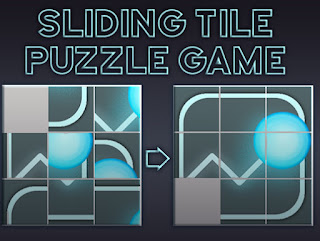Games Stories
Games can be described by the 3 components Mechanics, dynamics, and aesthetics (MDA) or otherwise stated as rules – system – “fun”.
MDA
There are eight types of Fun outlined by the MDA. These eight are both a source of reference and player experience that blend together in many ways, and essentially what makes a game fun and enjoyable.
There are a variety of definitions to describe the term “Fun”. Both Oxford and Merrian dictionaries define Fun as an enjoyment, delight. But within the context of a game it usually refers to a form of pleasurable entertainment.
Nicole Lazzaro presents four types of fun that are involved in defining how fun a game can be for different players.
-
Easy Fun: This is essentially for players who are new to a game who want to satiate their curiosity.
-
Hard Fun: It is essentially for people who like a real good challenge.
-
People Fun: Amusement from competition and cooperation. Meaning Co-op.
-
Serious Fun: Excitement from changing the player and their world.
Flow
The Concept of Flow is characterized as a balance between skill-challenge and the individual's enjoyment. When in flow the player is focused on the activity they are participating in. This gives a sense of reward and promotes further engagement in the activity.
Flow is a balance
Flow theory provides a good framework for analysing motivation in gaming activities, in particular enjoyment, engagement and positive affect.
Elements of Flow
Clear Goals
Direct Feedback
The transformation of Time
Challenge that requires skills
Conclusion
We come across different types of fun in games that fulfil our amusement. Fun in games is experience in many different ways like through socialising with friends or exploring the game world. People experience different emotions when driven by gameplay
References:
Velev, A., 2016. Gamification Design: What’S Fun Got To Do With It?. [online] Megamification. Available at:< http://www.megamification.com/727-2/ > [Accessed 16 November 2020].
Kaye, L. and Bryce, J., 2012. Putting The “Fun Factor” Into Gaming: The Influence Of Social Contexts On Experiences Of Playing Video Games. Available at: <https://core.ac.uk/download/pdf/9632557.pdf/> [Accessed 16 November 2020].
The Game Overanalyser., 2020. A Theory of Fun for Game Design | Raph Koster and The Art of Designing Fun Games. Available at: <https://www.youtube.com/watch?v=6sZJYA06z7Y&feature=emb_logo&ab_channel=TheGameOveranalyser/> [Accessed 16 November 2020].



Comments
Post a Comment